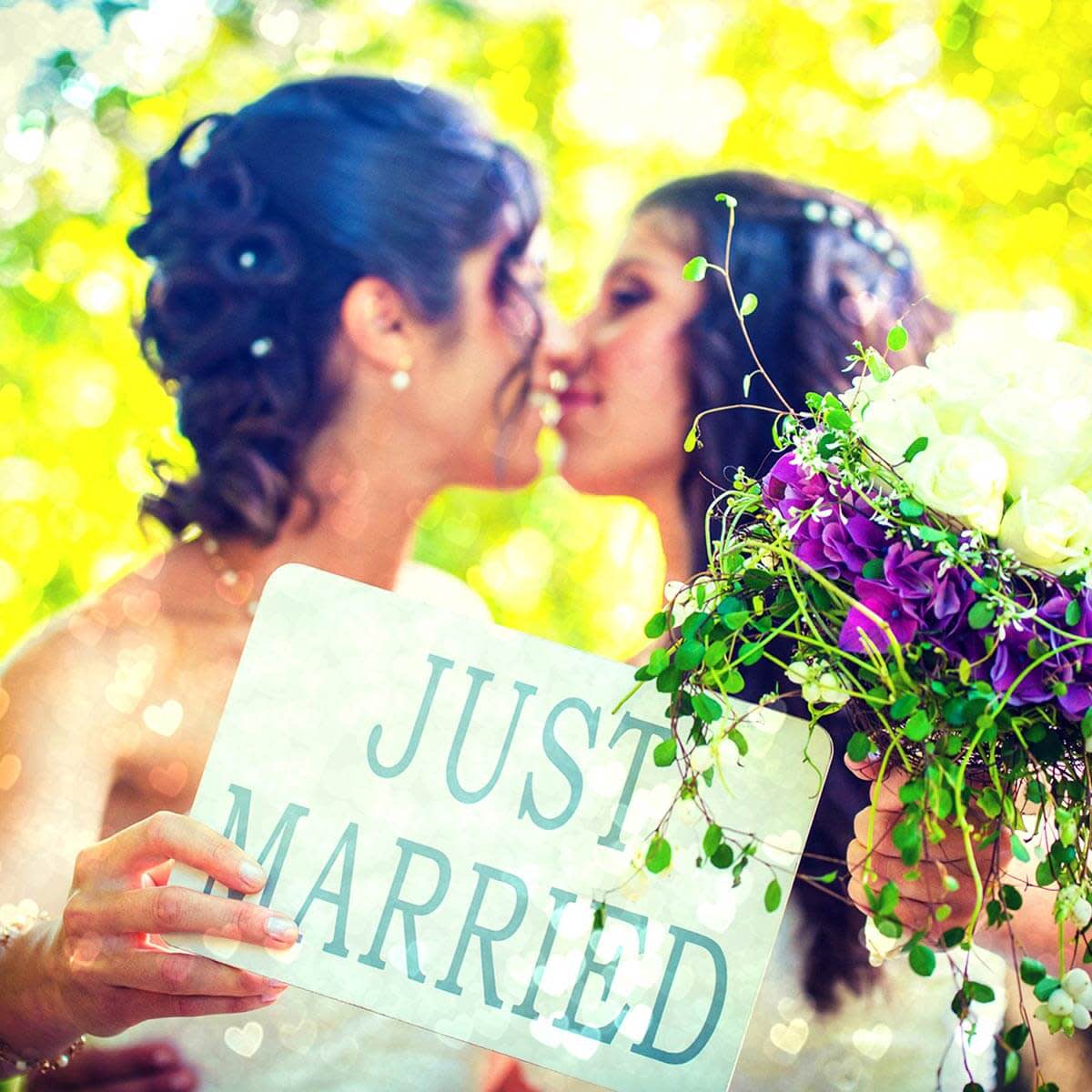We’ve all been there. Someone asks you the definition of a word you use every day, and you’re like, “Uhh, it’s that deadly river predator, the one that’s always hungry-hungry?” And then it seems like you have no idea what a hippopotamus is, even though you’re the undefeated Hungry Hungry Hippos champ of your office.
We can’t help you with African wildlife, but we thought it was high time for a photo jargon refresher. Please enjoy our sampler of photo editing terms you know you know, but you don’t, you know … know.
Aspect ratio

An image’s aspect ratio is a proportional representation of its width vs. height. For instance, if your image is 600 x 400, its aspect ratio is 3:2 because the long side is 1 1/2 times the short side. (Yep, it’s one of those fractions your math teacher warned you about.)
Why should you care about aspect ratios? Changing a photo’s aspect ratio changes its shape, which affects how well it fits a page when printed. For instance, if you want to print a 3:2 image onto 8 x 10 paper, you can either make it teeny-tiny (so it fits on the page) or crop it until its ratio is the same as the paper.
Pro tip: Include more space around your subject than you think you’ll need when you compose shots. This gives you greater flexibility if you need to crop your photo to different aspect ratios later.
Anti-aliasing / jaggies
Before you can anti-alias, you gotta know what aliasing is: the natural result of pixels being shaped like squares.
Aliasing is the jagged appearance of diagonal lines on the edges of circles and other curved shapes. This occurs because a square pixel is trying to represent an element that is not, in real life, square. The jagged stair-step effects produced by aliasing are called “jaggies.” (Why are they not called aliases? Probably because jaggies is an incredible word and you should drop it into casual conversation as often as possible.)
Anti-aliasing, therefore, is a process that softens or removes jaggies. Cameras often perform automatic anti-aliasing, in which the edges of objects receive color information from both sides of the object. An apple on a white dish, for example, gets red and white information at the edges, resulting in some in-between pixels that contain both colors. This softens the edges and decreases the visibility of jaggies.
Clarity vs. sharpen
These deceptively similar terms have a few key differences. In a nutshell, your photo editor’s sharpening tools increase the contrast between different tones of pixels: “sharpen” refers to a contrast between light and dark pixels, while clarity refers to contrast between middle tones. As such, clarity tends to amplify an image’s textures, while sharpen increases edge contrast.
Here’s the trouble with sharpening: Do it too much, and you’re more likely to get a halo around areas of contrast.
Unsharp mask
Unsharp? That sounds blurry. However, unsharp mask means just the opposite: it’s a tool used to sharpen your image—and a control provided within PicMonkey’s Sharpen.
Fun photo editing trivia: the term “unsharp” refers to the way this sharper image is created, which is to make a blurry copy (an unsharp one, if you will) and subtract it from the original image to create a clearer result.
Bokeh

Oh, how we love us some bokeh.
The term bokeh (pronounced bow-kay) comes from the Japanese word boke, which means blur or haze. It’s that beautiful, fairy-light effect you get when out-of-focus parts of an image create a pleasing blur.
In photography, bokeh is achieved with a wide, fast lens. You can also cheat and apply bokeh after the fact, no matter what sort of lens you have. Try out PicMonkey’s Bokeh texture.
Exposure

Exposure is how light or dark an image appears after you’ve captured it with your camera. If you’re a newbie photographer, take a Goldilocks approach to exposure: not too bright, not too dark … you want it juuuuust right.
Overexposure
A photo taken under conditions that are too bright will produce overexposure. Detail may be lost, and in general, the image is brighter than a properly exposed image.
Blown out
This term refers to a specific side effect of a really overexposed photo. To understand what blown out means, let’s say you take a photo of someone standing in front of a window on a sunny day. If your camera determines exposure settings based on the person in the photo, chances are the light coming through the window will cause that part of the photo to be overexposed (too bright), and the window area to look completely white.
When this happens, the RGB (red-green-blue) values of the pixels in the window are maxed out at 255, so you can’t recover any detail from this area. As such, it’s blown out.
Underexposure
As you might have guessed by now, underexposure results when an image is recorded without enough light. Photos taken at night, indoors in dim light, or while spelunking are at risk for underexposure.
Overexposure and underexposure are technical terms. However, they’re also a state of mind: if you like the effect your photo creates, it doesn’t matter whether it’s technically over or underexposed.
Pro tip: “A single under or overexposed photos is a mistake. 10 under or overexposed photos is a series. 100 under or overexposed photos is a style.” Decide for yourself which of these applies to you: play around in PicMonkey and see how adjusting light and dark changes your shot.
Histogram

In photo editing, a histogram is a graph displaying all the tones in your image as numbers ranging from 0 to 255. Black and shadows are on the left side, white and highlights are on the right side, and mid-tones are in the middle. Each distinct tone is one pixel wide.
A histogram gives you valuable information about the distribution of tones in your image, which makes histogram-centric tools like PicMonkey’s Levels your BFF when you want to fine-tune a photo’s brightness. The sliders below the histogram let you change the black, neutral, and white points of an image; the Output slider adjusts the brightness of those points.
If you’ve been curious about Curves, but trying to use it makes you go, “Huhwhuh?” then experiment with Levels and let the magic begin.
Compression
Image compression is the process of decreasing an image’s file size for quicker loading or transfer times. This improves users’ experiences on websites or blogs.
We’ve talked to you guys about compression before, but what you may not know is that not all photo compression is created equal. Here are the two types that different compression techniques fall into:
Lossy vs. lossless
Lossy compression reduces file size by eliminating information deemed unnecessary. The resulting file is not an exact replica of your image, but a close copy that has been made more efficient. Once an image has been compressed in this way, the original data cannot be recovered (unless you save the lossy version under a different filename). JPEGs are an example of a lossy format.
Lossless compression, as the name implies, keeps all the information from the original file. The PNG format is an example of lossless compression. This type of compression isn’t always necessary for images you post to your social networks or blog, but when you need to reproduce a file exactly, it’s your best option.
Are there other photo editing terms you’d like to see us explain? Hit us up on social or in the comments here!
